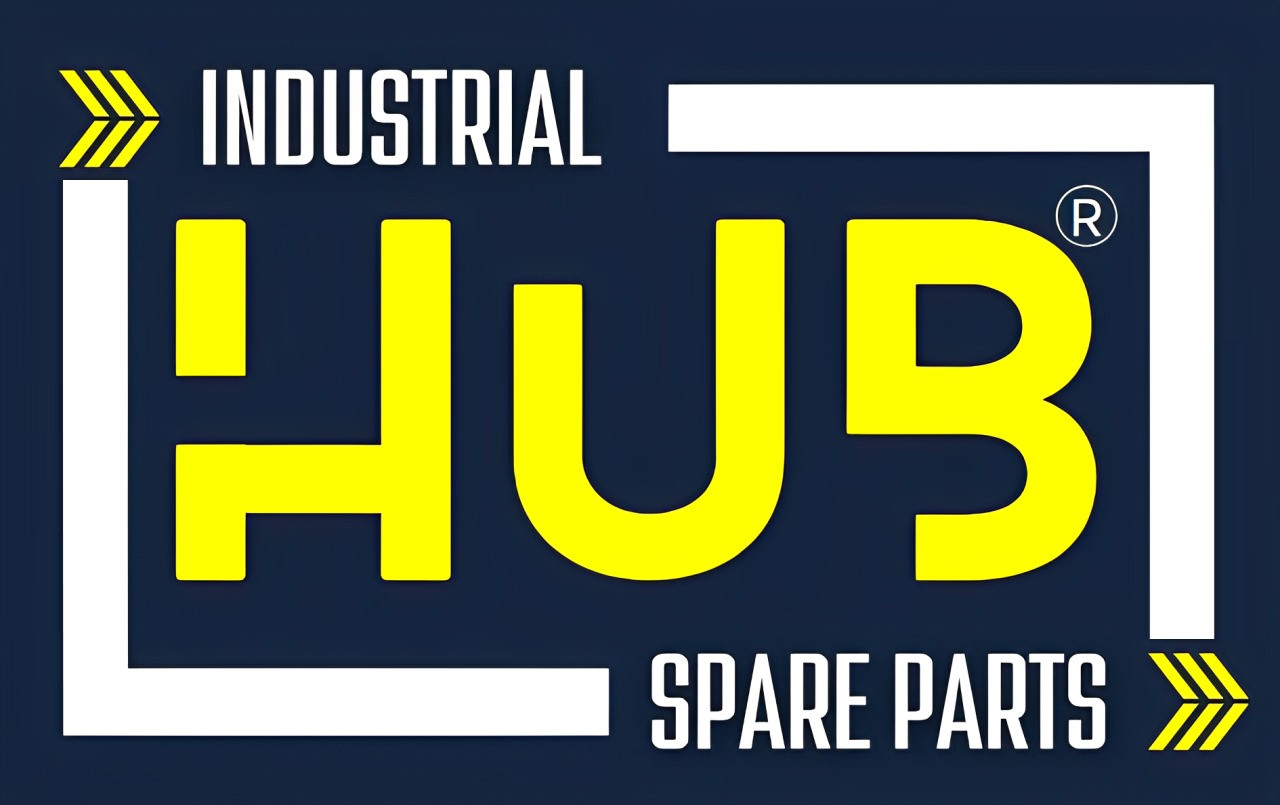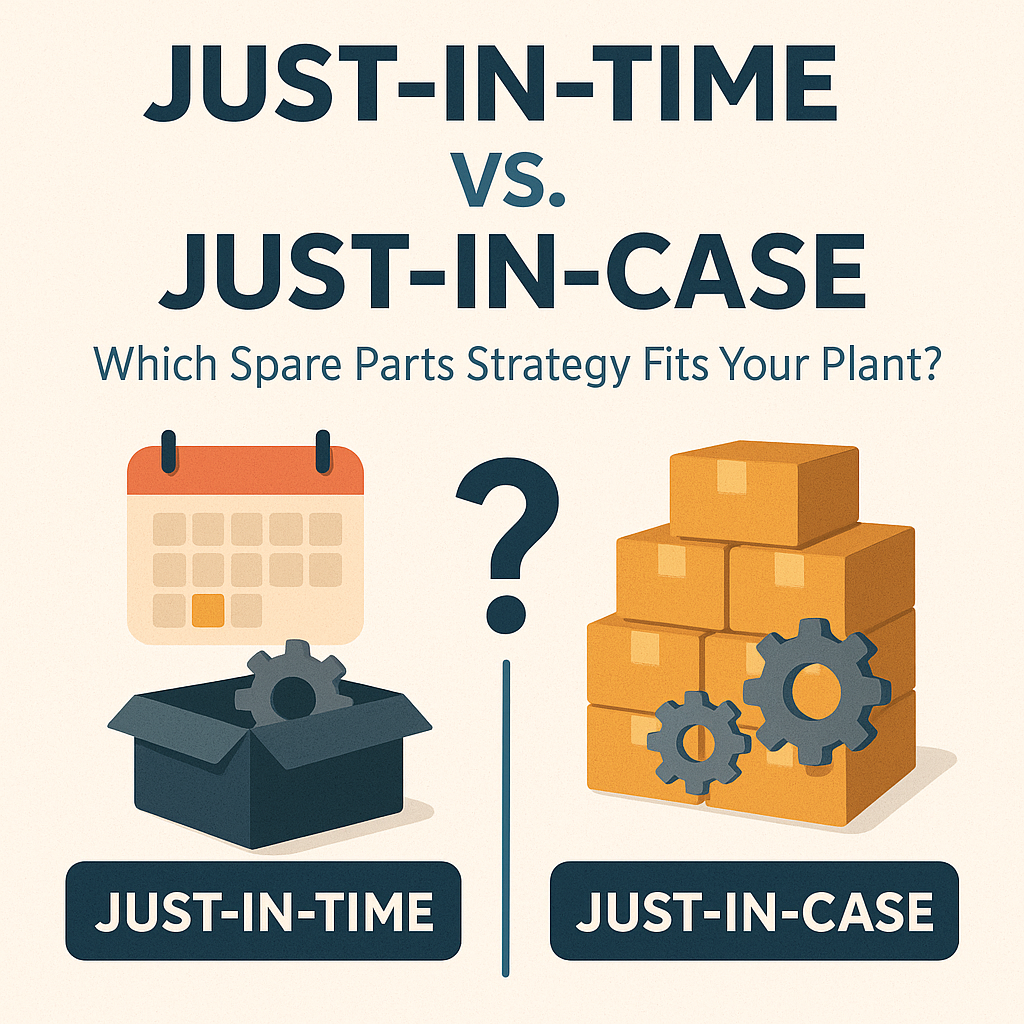No Item in Cart
Just-in-Time vs. Just-in-Case: Which Spare Parts Strategy Fits Your Plant?
Introduction
Every maintenance manager faces a balancing act: order too many spare parts and risk tying up capital, or keep too few and risk a shutdown when something fails. These two extremes are embodied by two popular inventory philosophies: Just-in-Time (JIT) and Just-in-Case (JIC).
So, which strategy is right for your plant — and how can you implement the right one intelligently?
In this post, we’ll break down the pros and cons of each approach and explain how the HUB Industrial Procurement Ecosystem helps factories optimize their spare parts strategy through smart scheduling, analytics, and planning.
🔁 What Is Just-in-Time (JIT) Procurement?
JIT means keeping the bare minimum stock on hand and ordering parts exactly when needed — based on production schedules, equipment condition, or predictive analytics.
✅ Benefits:
- Lower inventory holding costs
- Less warehouse space required
- Reduced waste from obsolete parts
❌ Risks:
- Delays if suppliers are slow
- High dependency on accurate forecasts
- Supply chain disruptions can halt production
📦 What Is Just-in-Case (JIC) Procurement?
JIC means stocking parts “just in case” something fails. It's a buffer-heavy approach favored in unstable supply chains or high-risk environments.
✅ Benefits:
- Immediate availability of critical parts
- Less downtime during emergencies
- Greater flexibility
❌ Risks:
- Capital locked in unused inventory
- Potential for obsolete stock buildup
- Harder to manage for large SKUs
🧠 How HUB Helps You Implement Smart JIT (or Hybrid) Strategies
📊 1. Predictive Procurement with Data Analytics
HUB uses your historical consumption, failure patterns, and machine data to forecast when specific parts will be needed — making JIT safer and smarter.
📅 2. Spare Parts Scheduling
Set automated reorder timelines based on planned maintenance windows and average usage cycles. HUB’s scheduling tool ensures parts arrive just before you need them — not after.
📦 3. Critical Parts Classification & Alerts
Tag essential JIC components (like PLC CPUs or high-failure items) to remain stocked, while low-risk items are ordered JIT. HUB enables hybrid strategies — not one-size-fits-all.
📈 4. Real-Time Inventory Visibility & Vendor Integration
See stock levels across departments and get real-time pricing and lead times from HUB’s vendor network — making JIT purchasing reliable.
🔄 When to Use JIT vs. JIC (Decision Matrix)
| Scenario | Recommended Strategy |
| Long supplier lead times | Just-in-Case (JIC) |
| Stable supply chains | Just-in-Time (JIT) |
| Budget or space constraints | Just-in-Time (JIT) |
| Remote or critical operations | Just-in-Case (JIC) |
| Data-rich, connected systems | JIT (with HUB) |
| Limited analytics or visibility | JIC or hyprid |
✅ Conclusion
Both JIT and JIC have their place. The smartest strategy? Use data to guide when to apply each, and tools like HUB to execute your procurement strategy effectively.
With HUB, your factory doesn’t have to choose between cost control and availability — you get both.
🔗 Start optimizing your strategy with HUB : www.HUBspareparts.com
🔗 Book a free consultation with HUB advisors : WhatsApp Chat














